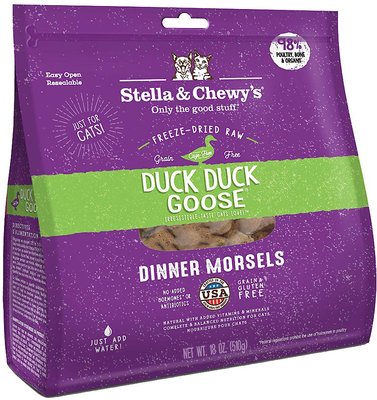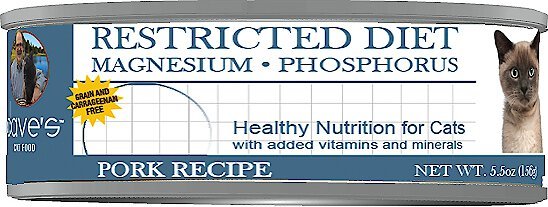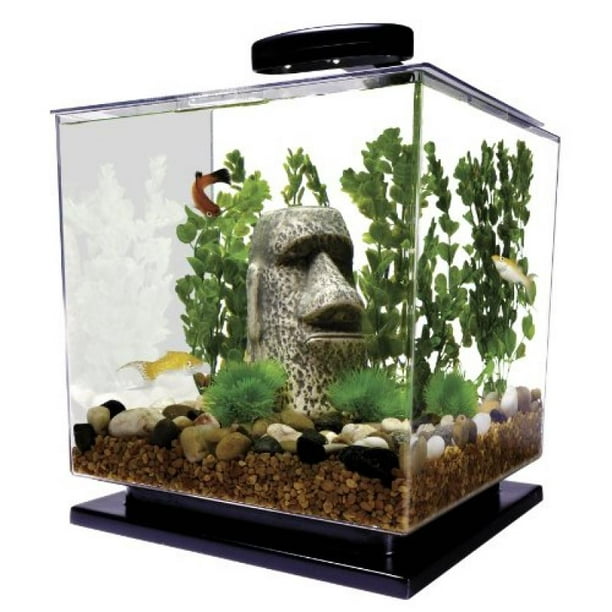Purina Pro Plan Sport All Life Stages 30/20 Performance Formula High-Protein Chicken and Rice Recipe Dry Dog Food
Help your dog excel with the fine-tuned nutrition of Purina Pro Plan SPORT Performance 30/20 All Life Stages dry dog food. Designed for highly active dogs, this dry dog food appeals to owners of sporting dogs, cattle dogs, hunting dogs and competitive canine athletes. The recipe concentrates nutrition in ways that help optimize oxygen metabolism for increased endurance. This formula contains a blend of 30% protein and 20% fat to assist in caring for your dog’s metabolic needs, as well as to help him maintain lean, strong muscles. Amino acids nourish your dog’s muscles, especially in those critical moments after your dog has been working or training hard.
Help your dog excel with the fine-tuned nutrition of Purina Pro Plan SPORT Performance 30/20 All Life Stages dry dog food. Designed for highly active dogs, this dry dog food appeals to owners of sporting dogs, cattle dogs, hunting dogs and competitive canine athletes. The recipe concentrates nutrition in ways that help optimize oxygen metabolism for increased endurance. This formula contains a blend of 30% protein and 20% fat to assist in caring for your dog’s metabolic needs, as well as to help him maintain lean, strong muscles. Amino acids nourish your dog’s muscles, especially in those critical moments after your dog has been working or training hard. This delicious recipe features chicken as the #1 ingredient and provides your dog with the protein and nutrients he needs for his active lifestyle. EPA and glucosamine help support joint health and mobility to make running, jumping, crouching and other movements as easy for your dog as possible. The tasty, antioxidant-rich recipe doesn’t just fuel your dog’s body; it also nourishes his immune system and helps defend it against free radicals. Provide your canine companion with 100% complete and balanced nutrition by giving him this dry dog food proudly manufactured in our own U.S. facilities, and allow him to achieve greatness.
- Features real chicken as the #1 ingredient
- Contains 30% protein and 20% fat to help fuel metabolic needs and maintain lean muscle
- Amino acids help nourish muscles, including during the crucial time immediately following exercise
- New Look and Name Coming Soon. May Receive Either Bag During Transition
- EPA and glucosamine help support joint health and mobility
- Antioxidant-rich nutrition nourishes the immune system and helps defend against free radicals
- Each ingredient is selected with a specific purpose
Purina guarantees outstanding quality and taste. If for any reason you’re not satisfied, simply let Purina know why. Please contact Purina directly at (800) 778-7462 within 60 days of date on receipt for assistance. Or, feel free to mail your original purchase receipt with the price circled, a brief explanation of why you were dissatisfied with our products, the “Best If Used By” date box from the package, along with your name and street address (P.O. Box not accepted) to: Purina, Consumer Services, PO Box 340, Neenah WI 54957
Additional information
| Country of Origin | Made in USA |
|---|---|
| Breed Size | Extra Small, Small, Medium, Large, Extra Large |
| Flavor | Chicken and Rice |
| Life Stage | All Life Stages |
| Primary Flavor | Chicken, Rice |
| Special Diets | Omega Fatty Acids, Probiotics, High Protein |
| Manufacturer Part Number | 3810017271 |










by Tina
Our 5 dogs like this food better than the previous type we were giving them. They are more satisfied and their skin and coat are a lot healthier.
by Doug
This food is wonderful for my dogs!
by Jay
Price increases aside, this product continues to be a solid alternative for feeding our dogs.
by Hudson
All 3 dogs love this food, 2 Standard Poodles and 1 Goldendoodle, they eat it really well along with the Purina Pro Plan canned food also.
by Morgan
Great product for my sporting dogs. Been using for 8+ years.